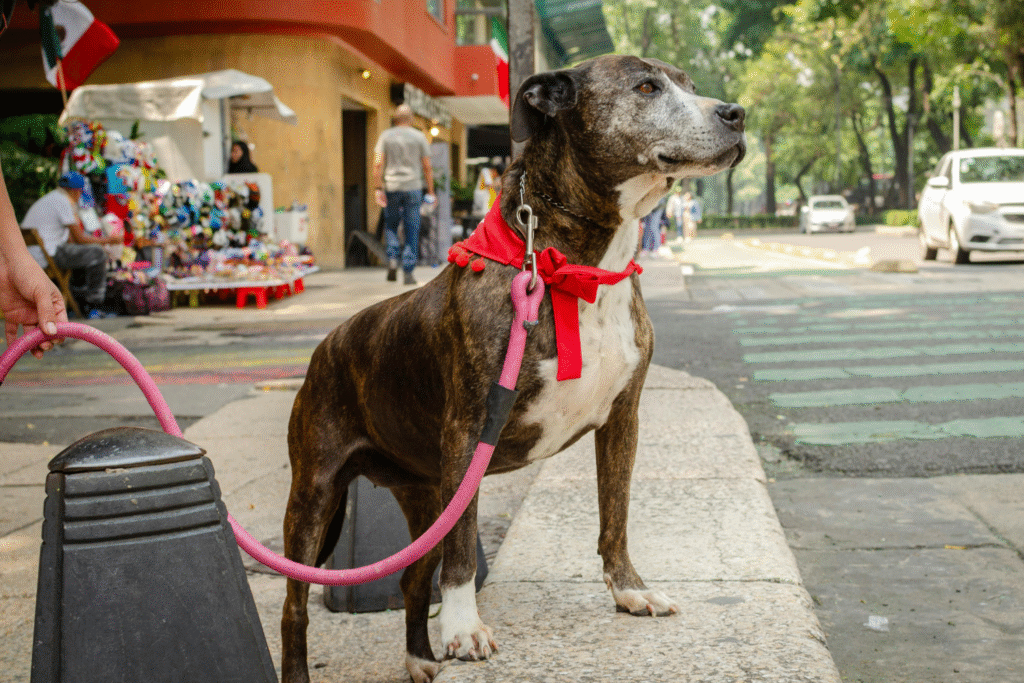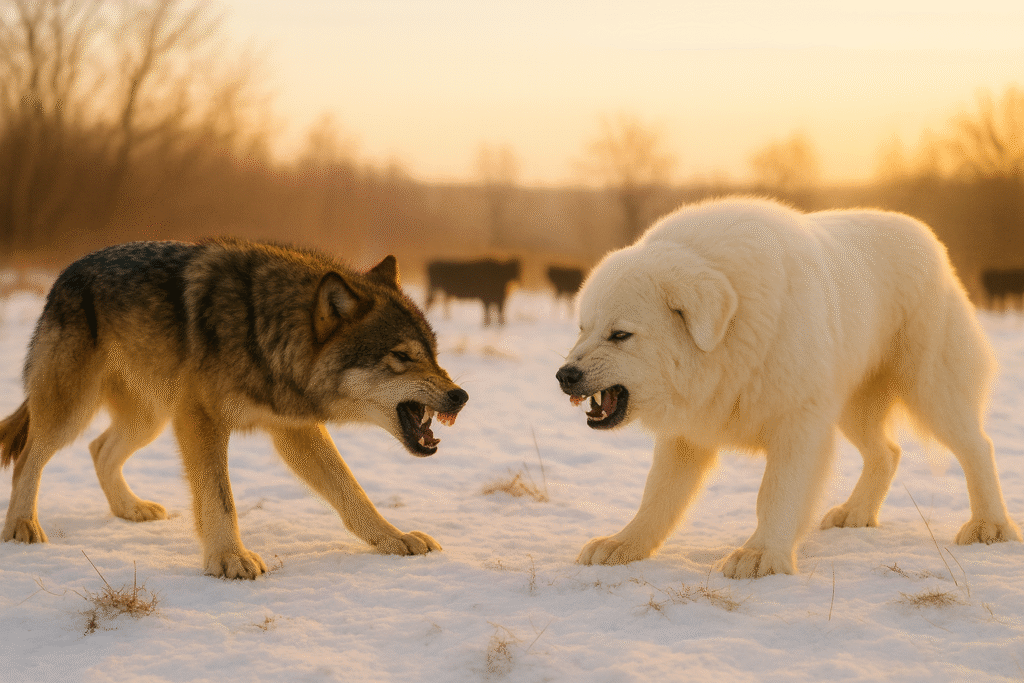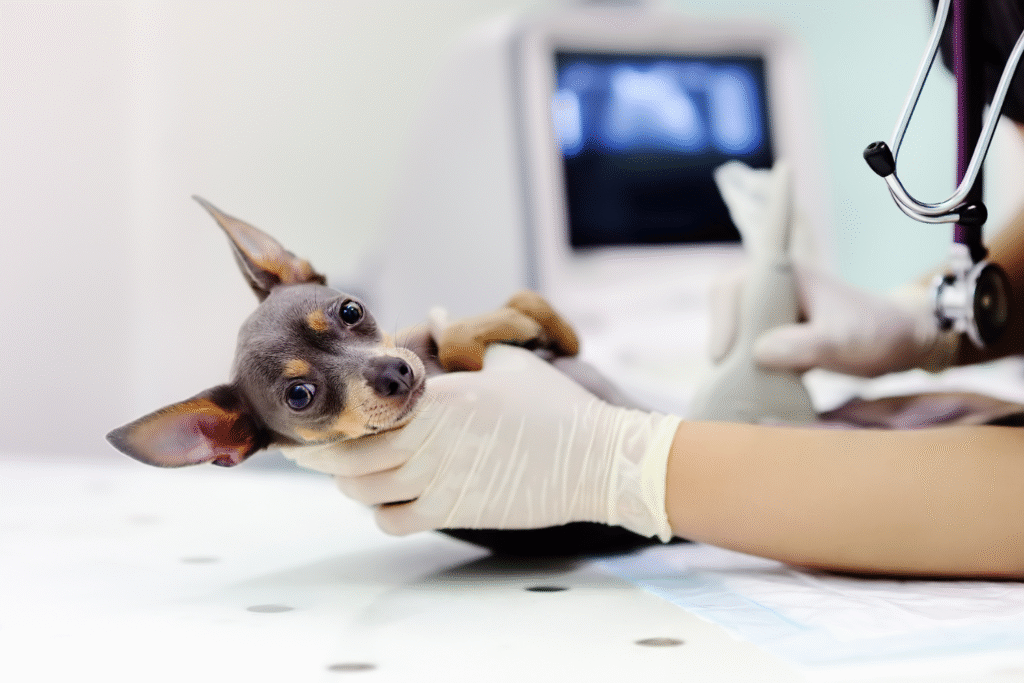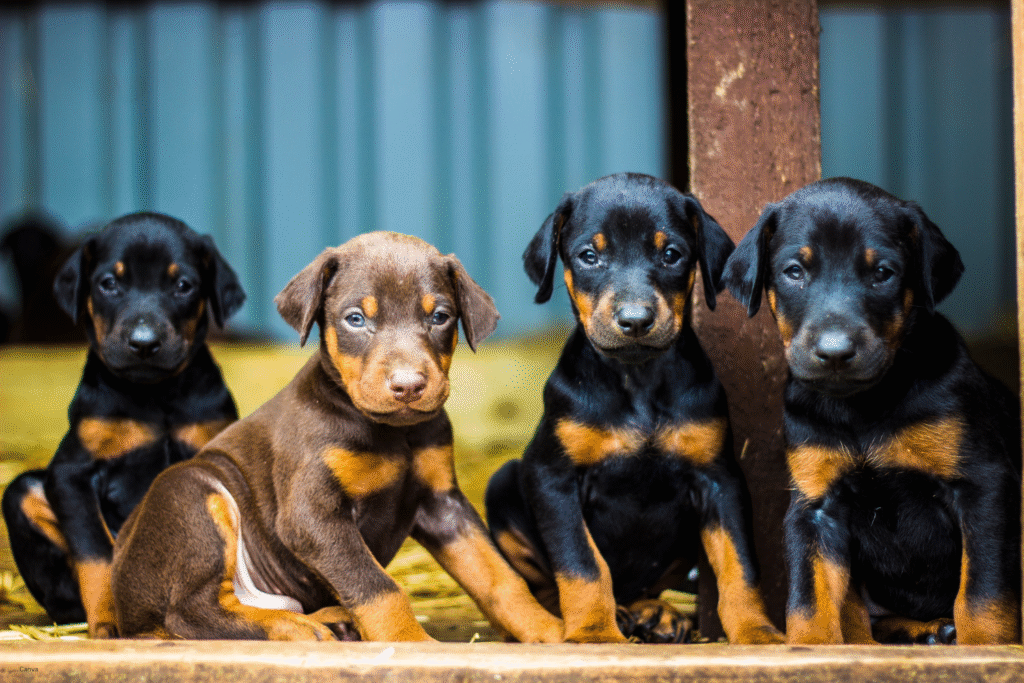Pollution slowly reshapes how dogs interact daily.

Dogs living in cities adjust to so many things people barely notice anymore, from crowded sidewalks to constant noise. Now researchers are uncovering hints that the air itself may be reshaping one of a dog’s most important senses. When pollution builds layer after layer in the places dogs sniff most, something subtle begins to shift. Their world depends on scent, and when that sense grows muted, everything changes just a little. This new possibility is forcing scientists and owners to think differently about what city life means for the animals who share it.




